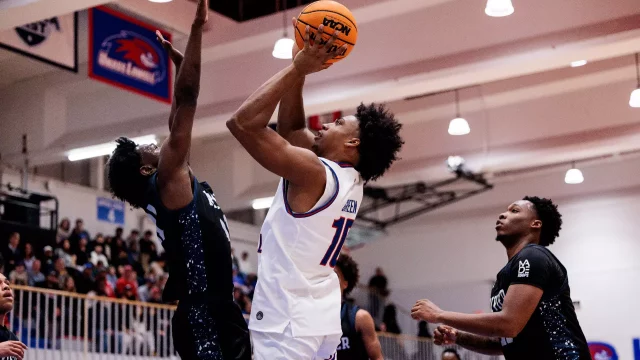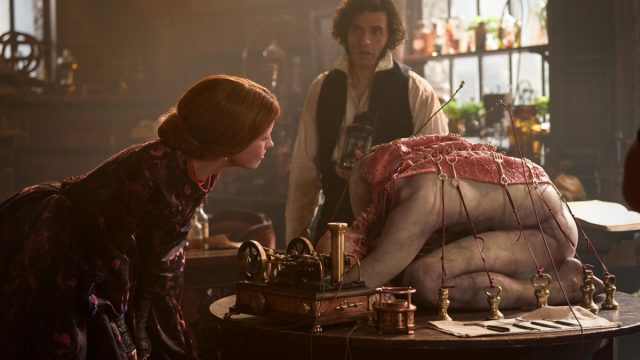(Photo courtesy of abcnews.go.com) Zohran Mamdani during his winning speech.
Tristin Henson
Connector Editor
So, he did it. Zohran Mamdani won New York City’s mayoral election, receiving 50.4% of the vote. He is the first Muslim elected to this position in New York City, the first person of South Asian descent, an immigrant from Uganda, young, dedicated to a better future, hardworking, and one hell of a good public speaker grounded in fact, knowledge, and empathy. All qualities that seem so rare in this current time in the USA, even though this country is built on so many people like him. His win has personally been a breath of fresh air for me, a glimmer of hope and anti-corruption in such grim and fascist times.
This hope is something that I think a vast majority of Americans can relate to, despite not even living in New York. After Mamdani’s win, I had friends posting all over Instagram about it, close friends and family members eagerly texting me, and I have heard a general positive, public buzz. I’ve even seen comments from people outside the USA who were rooting for Mamdani and were happy for us in the USA that he won. This is probably due to a couple of reasons: the fact that the USA infuses its politics into the rest of the world, that good news right now is few and far between, and because the USA used to be a trendsetter for how other democratic and/or left-leaning countries would go about creating policy.
Of course, in recent times, that status has fallen on its knees; I personally feel embarrassed every time the USA has anything to do with global relations anymore. However, for the first time in a while, I feel proud to be American. I feel proud of the fact that New Yorkers elected someone who has their best interests at heart, and again, I suspect a lot of other Americans feel this way.
And Mamdani hasn’t gloated or held anything above anyone’s heads (even if I personally feel like he should after all the racism, Islamophobia, and personal insults he has endured throughout his campaign). He also hasn’t suddenly changed his platform or who he is as a politician after winning, telling Trump in his victory speech on Tuesday night, “Turn the volume up” to roaring applause from the audience.
It can’t be ignored that his win wasn’t the only left-leaning win Tuesday night, but the fact remains that most people are especially hyped about his win in particular. This shouldn’t be a surprise; he has a very strong social media presence and did a tremendous amount of public outreach, actually going out and meeting people where they were at in New York City. But, people were still worried, including me, because Cuomo (and the billionaires who support him) spent over 40 million to try and stop Zohran Mamdani from getting into office.
The worst of the challenges are still far from over. Once Mamdani gets sworn into office, I guarantee conservative-leaning and right-wing politicians will try to stop him at every corner. They are afraid that if Mamdani is actually able to pull through with his promises of making the buses free, freezing rent prices, increasing minimum wage, and lowering the cost of living (among many other positives), that New York City will become the example of what a democratic socialist, who cares about others and follows through on his word, can do.
That if Mamdani is able to pull it off, both parties in power cannot simply state, ‘vote for me if you don’t want the other guy to win’ anymore. That Americans might finally wake up and see that they deserve to not only survive, but thrive, and that they can achieve that with people like Mamdani. And that we, the people, can make that future happen.








